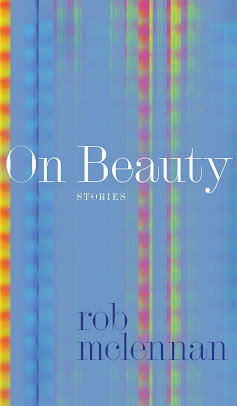Lost in the full stop of
fascination, I see a fly land on the window screen and choose not to attack it.
My own screen at present a darkened android face. Is this a failed lyric or a
fuse? Please don’t show me how big the future child is with your fingers. A dusting
of snow brings out the detail in a treeline, as driving through the mountains
distorts our perspective, cinematically.
I was curious about the latest by American poet, critic and publisher Michael Flatt, his full-length I Can Focus If I Try (Toronto ON: knife|fork|book, 2023). Currently a PhD candidate in the Poetics Program at the University of Buffalo, Flatt is also the author of Absent Receiver (SpringGun Press, 2013) and, with derrick mund, Chlorosis (The Operating System, 2018). Entirely a collection around seeing, looking and the limitations and possibilities of perception, the lyrics that accumulate into I Can Focus If I Try work up to a boundary of perception. The book is built as a quartet, a progression, of four individual sequence-sections; the collection begins with prose sentences and prose blocks, focusing on the body of the text, that eventually evolve, across this quartet, into a literal outline, articulating an absence. Flatt offers a self-description of his poetry on his website, writing: “My work seeks to examine the formal boundaries of traditions involving the codex and the lyric. Themes include fraught relationships with the environment, the digital, and the other.” And yet, this is very much a book on the combined elements of seeing, looking and perception itself. “What do we do with these gaps in our beauty?” Flatt asks in its opening piece, set at the top of an otherwise empty page. The poems seek, and seek out beauty, seeing the gaps that exist between and amid everything else. His four numbered sections offer structural shifts from the core of the lyric prose sentence into text clusters, pulling the words and phrases apart and, finally, setting his text as that literal outline surrounding the empty page, focusing the gaze, perhaps, on that absent, outlined middle. “And now a scene from something like nature,” he writes, as part of the opening section, “unabstracted, providing an unobstructed view / of deer grazing by graves.” There is almost something theatrical in his structures, something of the performative gesture across the arc of this collection; something that wishes both attention and participation.




No comments:
Post a Comment